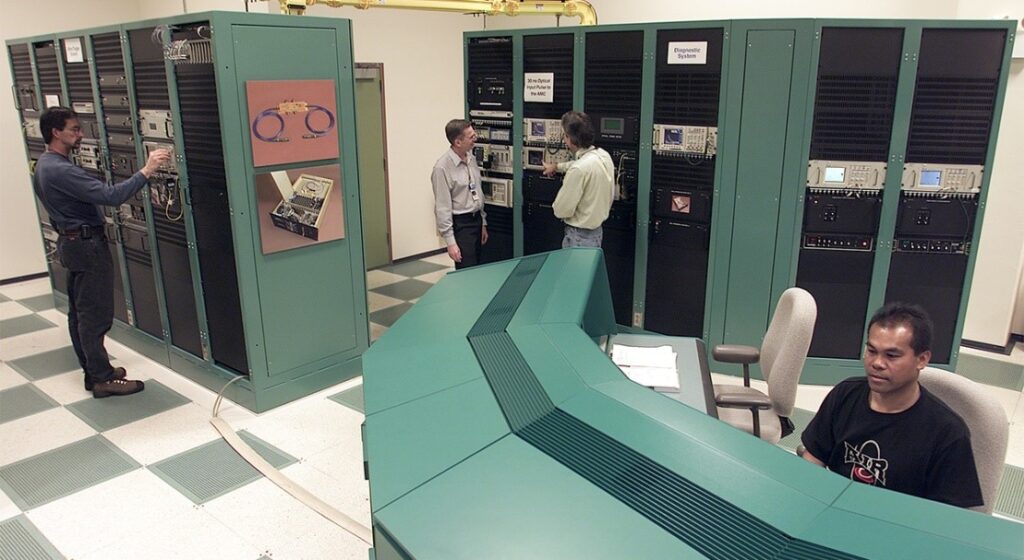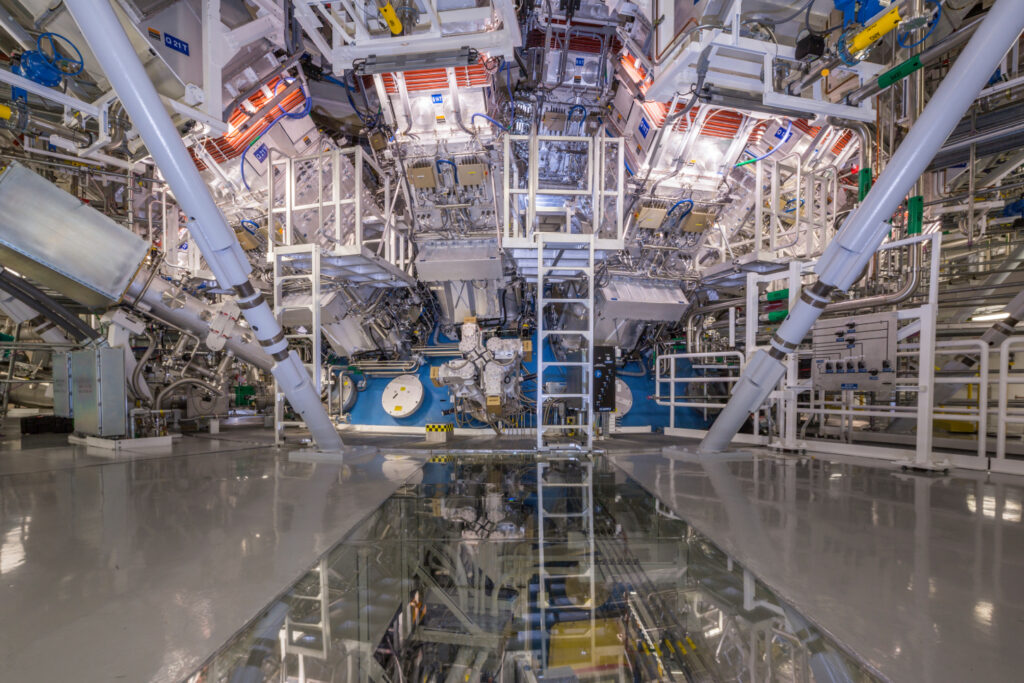- Photonics & Space
Exail signs Lawrence Livermore National Laboratory contract to provide key components for the National Ignition Facility
Exail announces the signing of a contract with Lawrence Livermore National Laboratory (LLNL / California, US) to provide more than 60 dual-stage modulators to the National Ignition Facility (NIF). This is the second key optical component ordered from Exail, to enhance NIF’s capabilities.
“Our near-infrared dual-stage intensity modulators will equip the High-Fidelity Pulse Shaping (HiFiPS) system at NIF, as part of an enhancement of the Master Oscillator Room.” said Yves Deiss, sales manager at Exail. “Exail components meet LLNL’s stringent requirements. They are due to operate 24/7 as part of a system that precisely delivers pulse shapes.”
The HiFiPS system’s role is to enable better power balance and symmetry control in implosions, by increasing precise and accurate pulse shaping of NIF’s 192 laser beams. The modernization of the pulse shaping system takes advantage of advancements that have been made by the telecom industry since NIF was first commissioned, in 2009. It includes the unique know-how acquired by Exail in designing and manufacturing lithium-niobate (LiNbO3) electro-optical modulators.
Exail has already supplied to the NIF some radiation resistant multimode graded-index fiber for diagnostic purposes that is critical for understanding laser performance and refining laser delivery for critical fusion ignition experiments. The fiber is used to monitor the laser power signal entering the target chamber without radiation induced losses limiting the monitoring capabilities. The fiber enabled continued temporal monitoring of the laser performance, with impressive results. There has been no degradation over time, even after multiple high-yield shots generating large quantities of neutrons and gamma rays. The rapid degradation of the previously installed fiber due to radiation effects significantly impacted the overall usefulness of the diagnostic. Exail’s fibers offer a 10 to 100 times increase in signal strength. Since 2022, several kilometers of Exail fibers replaced the NIF obsolescent fibers, supporting the facility laser performance for years to come.




